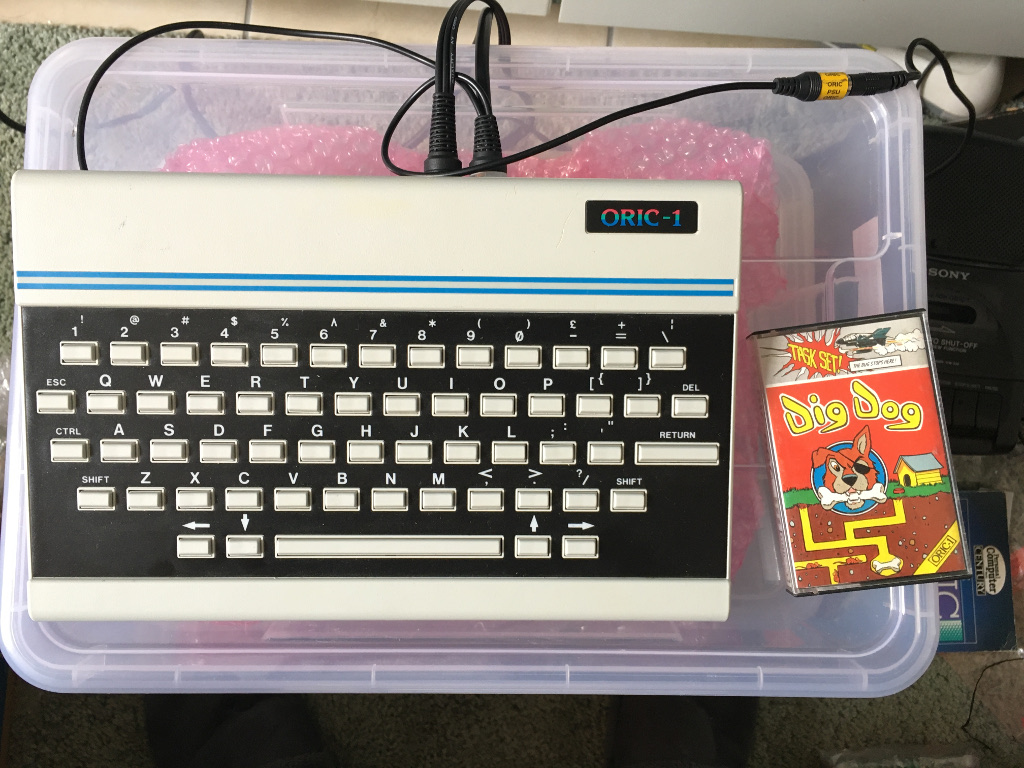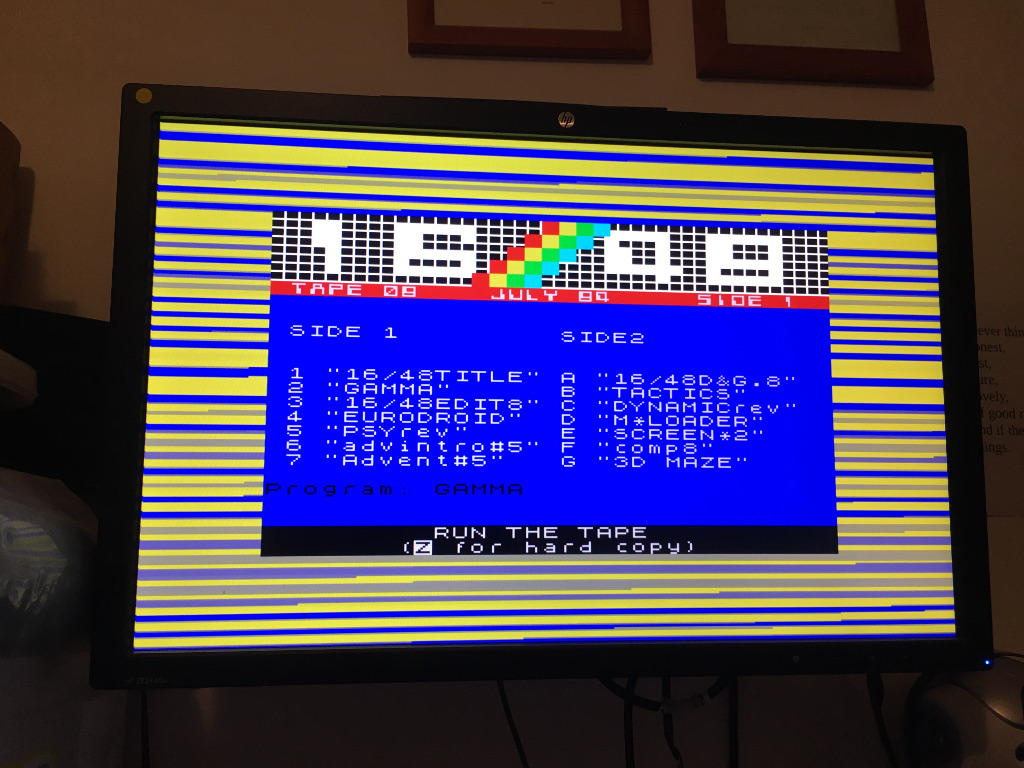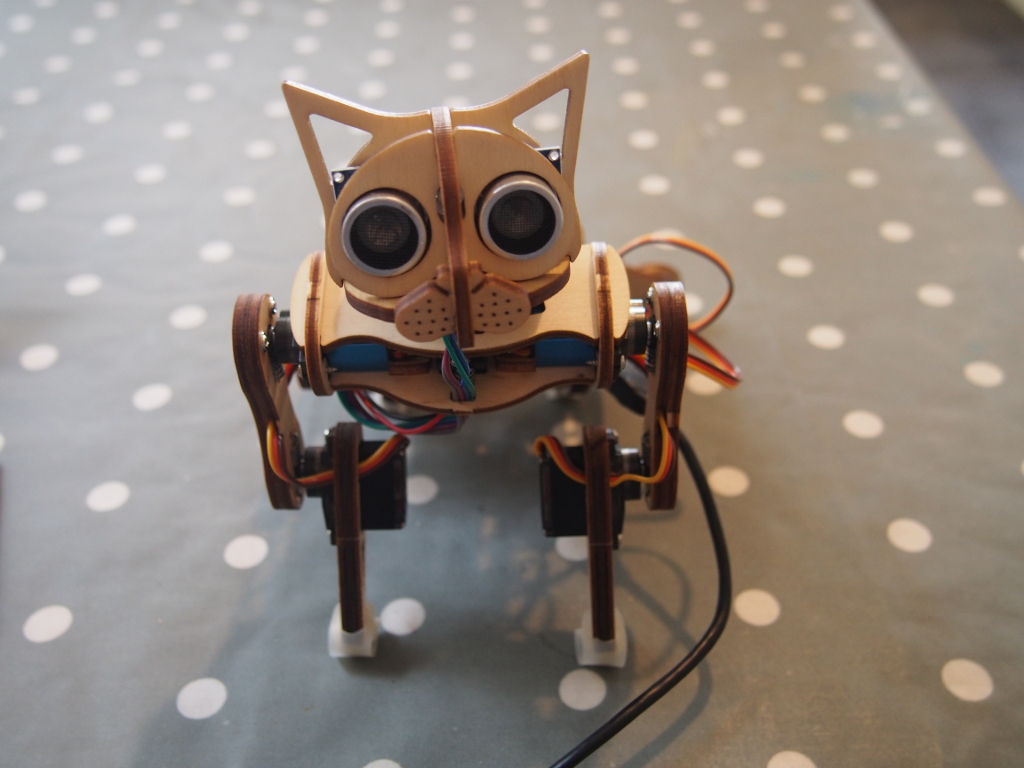
When writing fantasy or science fiction set in the far future you can get away with plot devices that are not available to writers describing the current day or near future. It’s normal in fantasy to have magic and world mechanics that would be implausible in the real-world. Far future science fiction can also get away with magic (sorry, “sufficiently advanced technology”). Near future science fiction, in my opinions needs to be a little bit more careful and this is one area where “Emily Eternal” fails badly.
This review includes spoilers.


